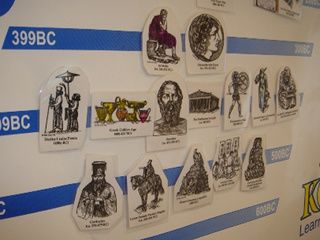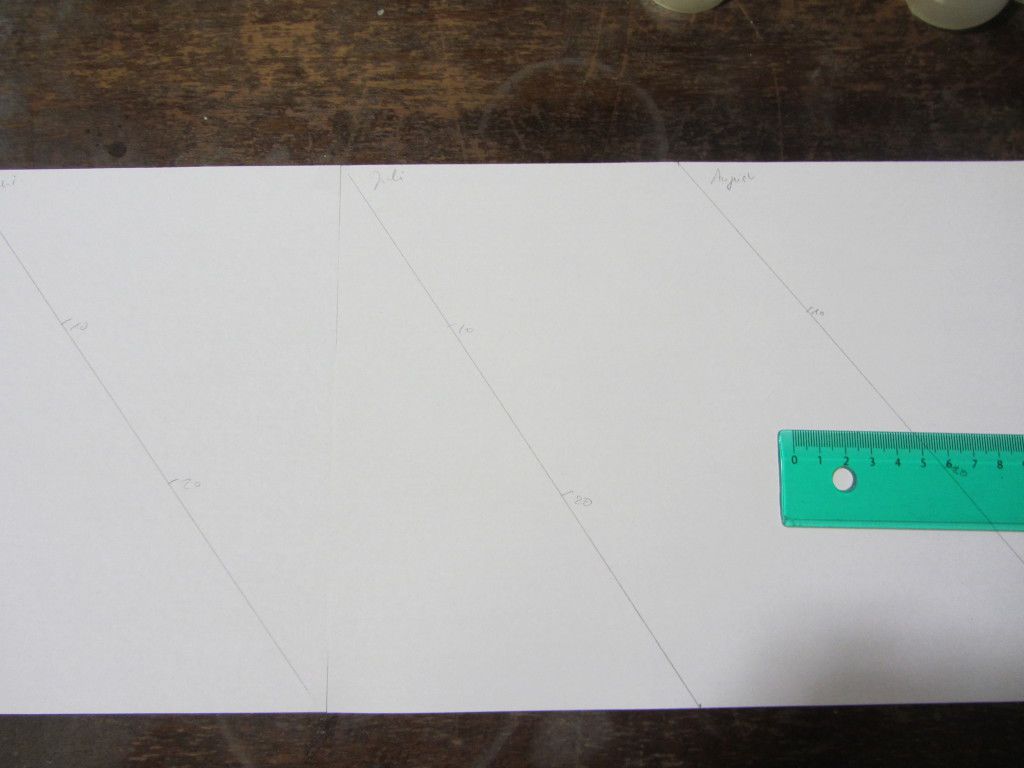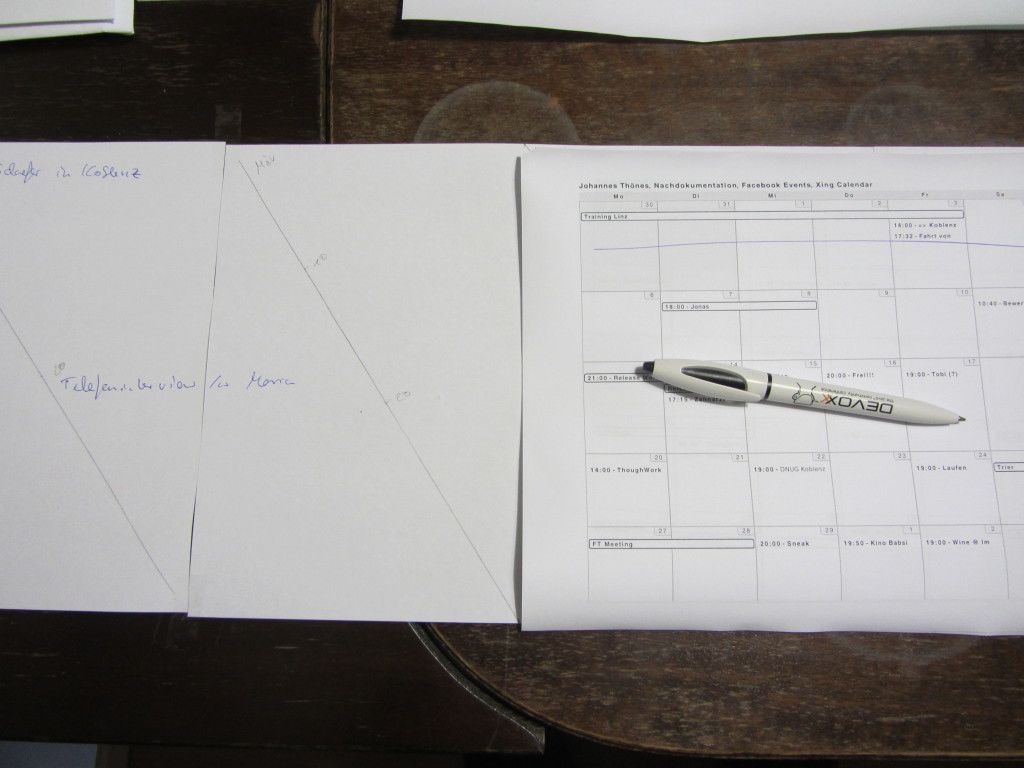I give a short introduction to the ‘fill the timeline’ personal retrospective exercise, which is the basis for further analysis of the timeline. A timeline is a hand-written, temporal overview of the events important to you in a defined timeframe.

I use timelines often - therefore it’s the first exercise I share with you. I’ll try to keep the structure of this post for the following posts as well: purpose, steps, remarks and alternatives.
Purpose
The purpose of the timeline activity is to get a chronological overview over what happened in the timeframe you are reflecting on. Use it to gather data and excel your remembering by finding temporal connections between events.
Steps
Select a paper to do the timeline on. I usually tape together three or four A4 papers horizontally, so I have a long line of paper on the table.
Divide the paper into sub timeframes, for example weeks, and mark them clearly, for example with the start date.
Go through your calendar or diary and write events relevant to you at their appropriate place in the timeline.
Use other sources as well to remember important events:
I have a weekly log from my heartbeat retrospective. This is a great resource for a yearly or quarterly retrospective.
Others Ideas for sources are: call history on the phone, e-mails, text messages, twitter/facebook status updates, etc.
Any kind of log at work serves as well. I used: git/svn commit logs, jira ticket logs and my engineering log.
When filling in the timeline, you will probably recall other events, which are not from the sources. Put them in the timeline as well.
Now that the timeline is filled, you can analyse it. I will write about how I analyse it in future posts.


Remarks
The timeline exercise is the heart of any of my long term retrospectives. I like to use it, because the temporal connection between the events helps me a lot to remember things I otherwise would have overlooked.
The ‘fill the timeline’ part belongs to the Gather Data phase. The analysis of the timeline is part of the Generate Insights phase. There are a few exercises, you can use to analyse it like ‘emotional seismograph’, ‘colour coding’, ‘mine the timeline for gold’ etc. I will write about some of them, give a comment if you are interested in a particular one.
While doing the timeline, I often already get ideas for the Generate Insights or Decide What to Do phases. I keep an ‘open thoughts paper’ on my side, to not forget those - but still focus on the gathering of the temporal data.
Alternatives
As this exercise is for gathering the data, you can use any other means to gather data. I have been using ‘collecting notes on the move’ and the ‘feedback mind map’ exercise for it. But to be honest, for me personally the timeline feels the best way.
Of course, this will be different for other people. What is your favourite? Any thoughts, ideas, suggestions? Please share them with me! I’m really looking forward to hear them.
Picture: http://www.flickr.com/photos/94168846@N00/1461630711, Creative Commons: http://creativecommons.org/licenses/by/2.0/